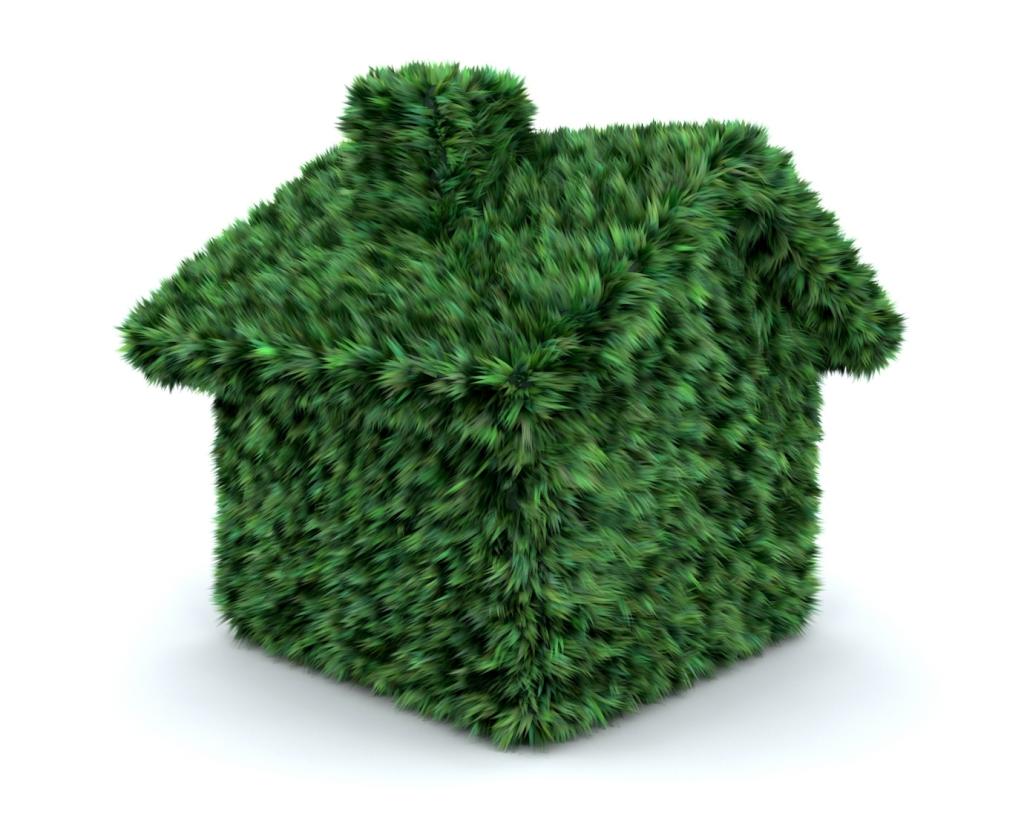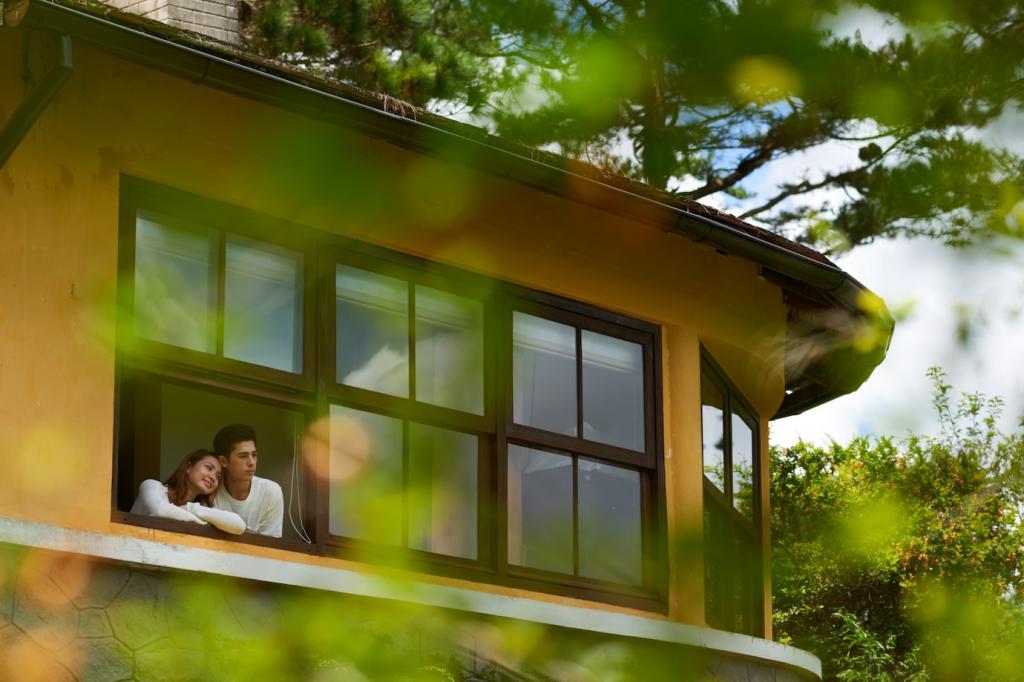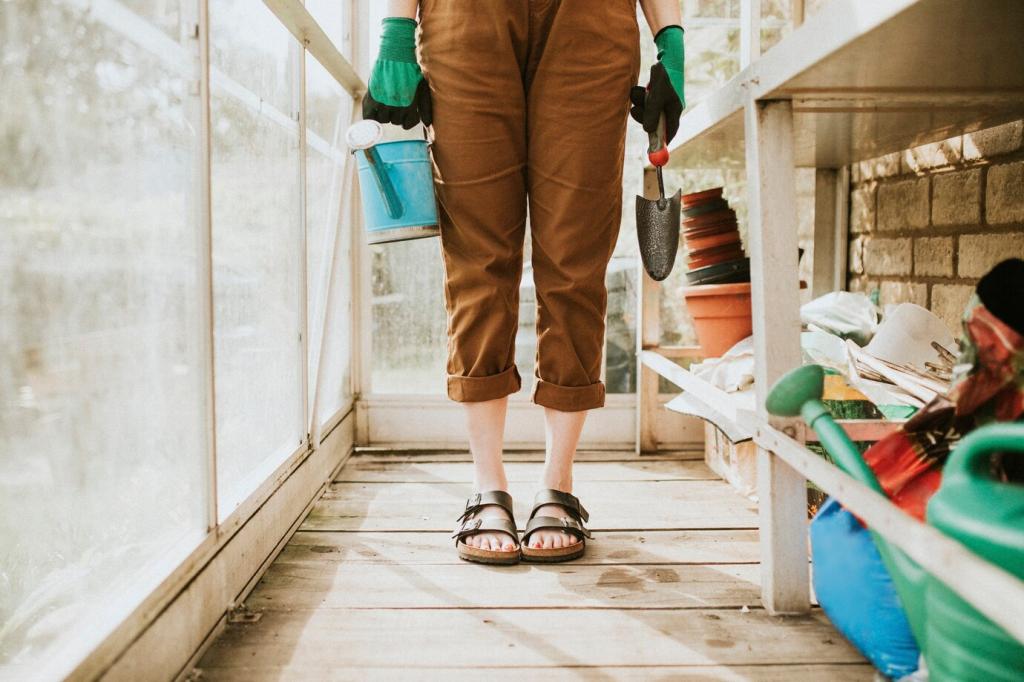This website uses cookies so that we can provide you with the best user experience possible. Cookie information is stored in your browser and performs functions such as recognising you when you return to our website and helping our team to understand which sections of the website you find most interesting and useful.
Transforming your home into an eco-friendly sanctuary is both a rewarding and responsible endeavor. By focusing on sustainable practices and materials, you can reduce your carbon footprint, enhance the quality of your living space, and save on utility bills. An eco-friendly home makeover doesn’t require a complete overhaul; rather, it encourages thoughtful changes that prioritize energy efficiency, waste reduction, and healthy, non-toxic living. On this page, you’ll discover innovative strategies and inspiring ideas to guide you towards a greener home, from the choice of building materials to creative upcycling. Each section dives into practical approaches and highlights three key concepts to help you embark on your sustainable home journey.
Sustainable Materials for Home Interiors
Natural Flooring Alternatives
Eco-Friendly Paints and Finishes
Responsible Furniture Choices

LED Lighting Innovations

Maximizing Natural Light

Smart Lighting Controls
Water Conservation Strategies

Efficient Fixtures and Appliances

Rainwater Harvesting Systems

Xeriscaping and Water-Wise Gardening
Reducing Household Waste


